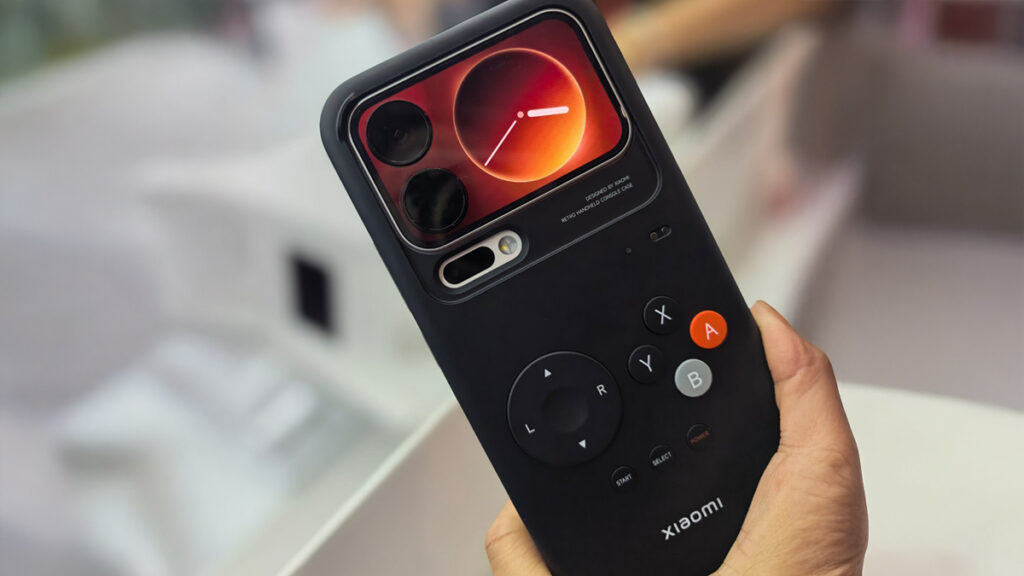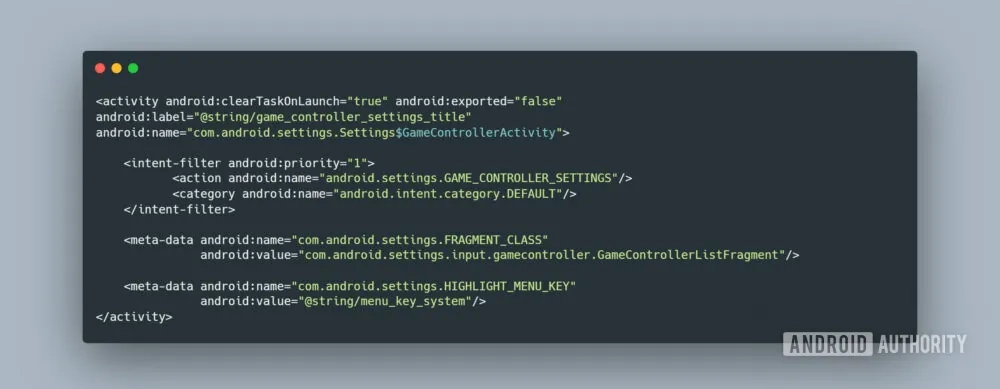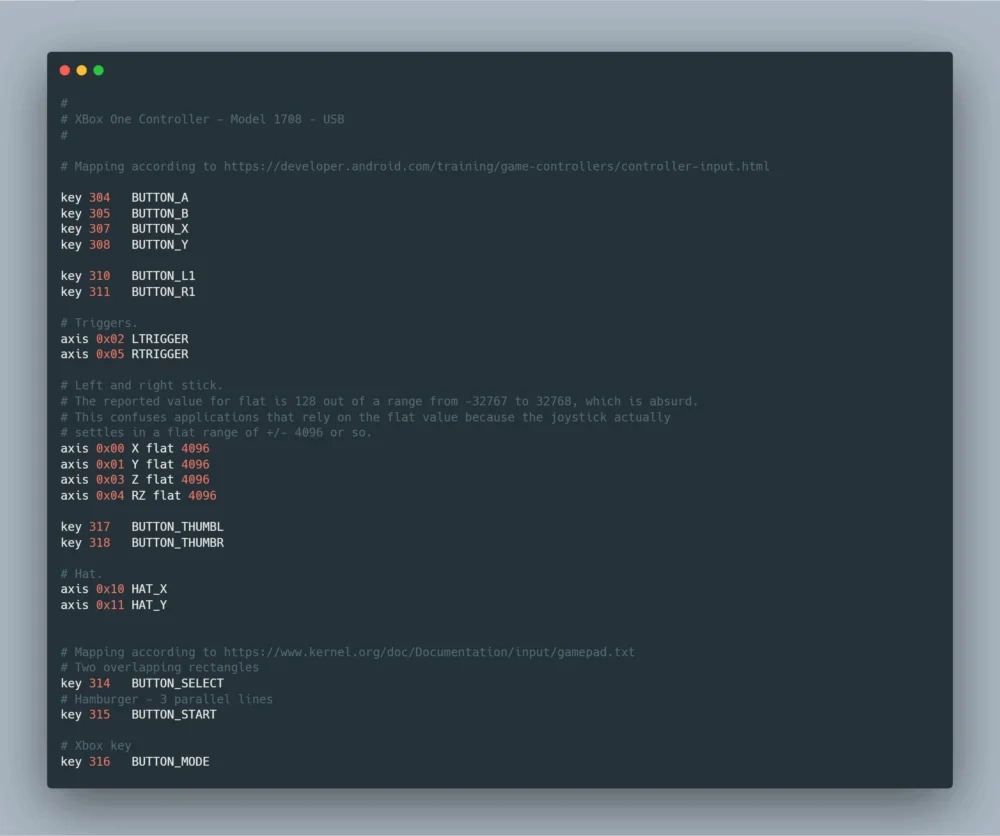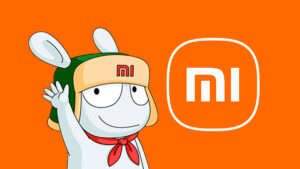With Android 17, Google readies a set of advanced enhancements for gamers, focusing on system-level updates to game controller support and the overall gaming experience. Based on the first results from the newest Android Canary build, it will boast native gamepad button remapping and a fully featured virtual gamepad, capabilities that could significantly raise the bar on gameplay on devices like Xiaomi phones running future HyperOS versions. These are part of Google’s increasing focus on cloud gaming and the growing usage of different form factors for devices.
What Android 17 Will Change for Game Controller Support
Android 17 brings foundational improvements to the game controller ecosystem. Previous versions of Android relied on preset button profiles, most commonly optimized for Xbox controllers. However, many gamers prefer custom layouts either due to accessibility needs, ergonomic comfort, or cross-platform muscle memory. With Android 17, Google will natively support remapping buttons in the system, hence decreasing the reliance on game-specific settings or third-party tools.
A new system permission appears in the framework, android.permission.CONTROLLER_REMAPPING, which is controlled by the feature flag com.android.hardware.input.controller_remapping. It’s available only for system-level applications signed with the platform key. This ensures consistent and stable remapping without using external tools or ADB-based workarounds.
New Gamepad Settings Menu for Centralized Management
Google has added a still-dormant gamepad management page to the Settings app. The screen is expected to display controllers connected via the controller pairing feature, along with options for management like remapping of buttons and configuration settings.
This centralized structure enhances ease of use and will allow players to tweak each controller from system settings, regardless of the manufacturer or connection method.
Such improvements align well with Xiaomi’s strong focus on gaming optimization across devices running HyperOS-both the Xiaomi Pad series and high-performance smartphones with Snapdragon 8 Elite-class processors.
Virtual Gamepad: The Software Game Controller for All Games
One of the major new capabilities in Android 17 is the virtual game controller that works in a similar way to the existing virtual camera framework. The virtual controller is able to register hardware identifiers so that games see it as an actual physical controller. This allows deep input customization that hasn’t been possible before. The key features supported by the virtual controller include: ABXY and functional menu keys
- L1/R1 and L2/R2 (with analog trigger capability)
- Dual joysticks and integrated joystick buttons
- Directional pad (D-pad)
- Fully axis-based input handling
This system can inject remapped or simulated inputs directly into the input channel. The feature is also designed to map touch controls to physical button inputs, which is especially important for mobile titles that don’t natively support gamepads. The same kind of mapping technology already exists on ChromeOS and Google Play Games for PC.
What This Means for the Future of Android and Xiaomi Devices
Android 17 is still over six months away from release, but its gaming-oriented improvements will likely shape the next generation of mobile gaming. System-level button remapping, touch-to-button mapping, and a virtual controller will all go toward improving user experience across traditional smartphones and tablets and future Android-based PCs. These developments, for Xiaomi users, might come together quite smoothly with the upcoming versions of HyperOS. Future devices, including successors of the Xiaomi 15 series, Xiaomi Pad models, and high-end Xiaomi gaming rigs, will benefit from enhanced controller support, especially in cloud gaming services and emulation environments.


 Emir Bardakçı
Emir Bardakçı




